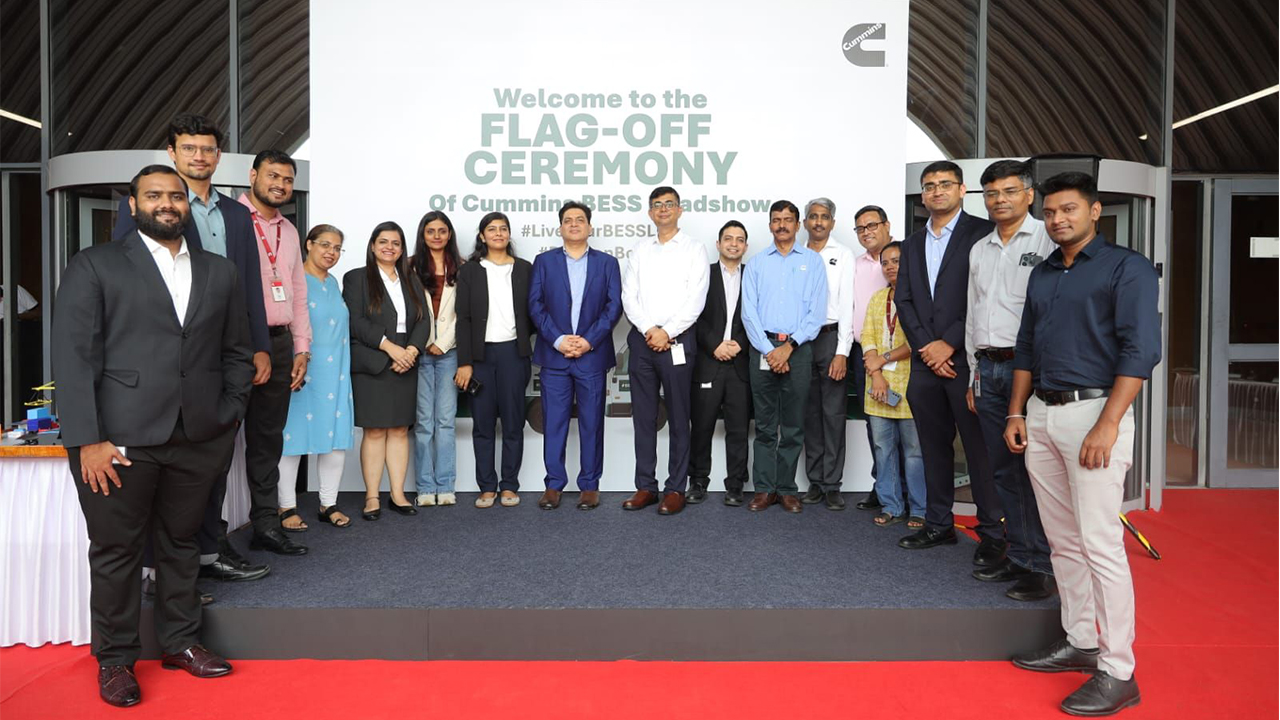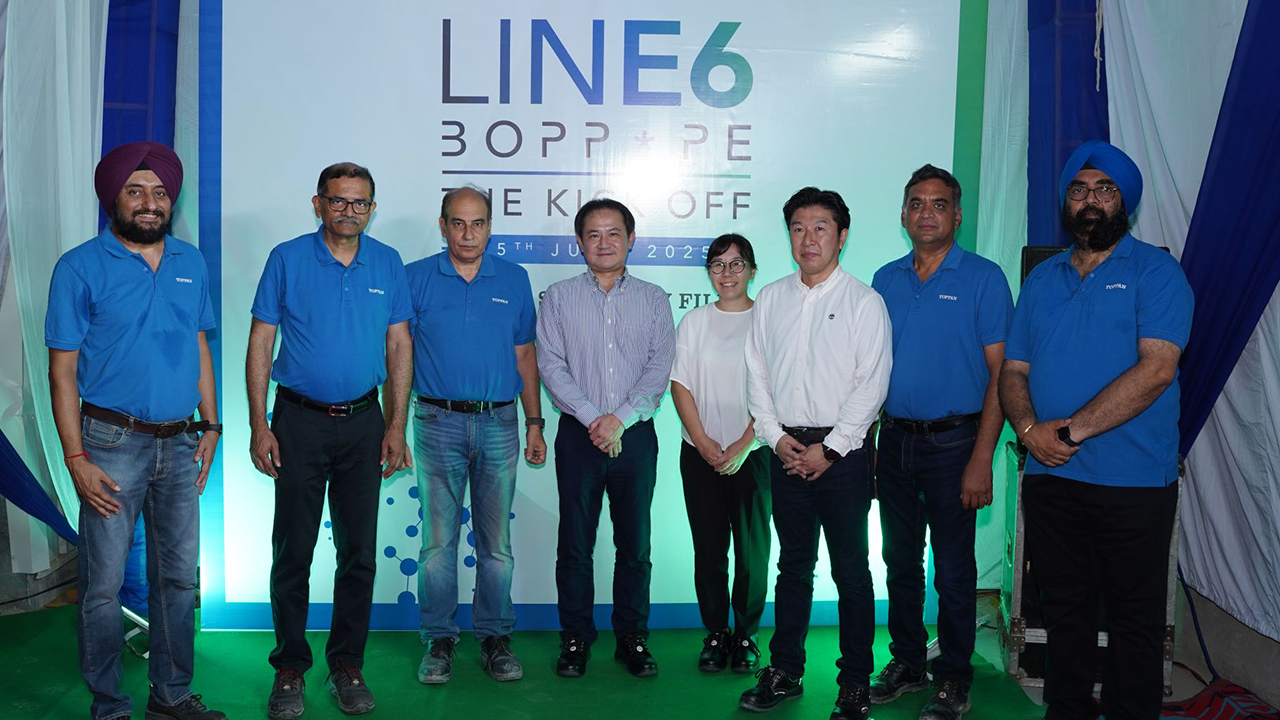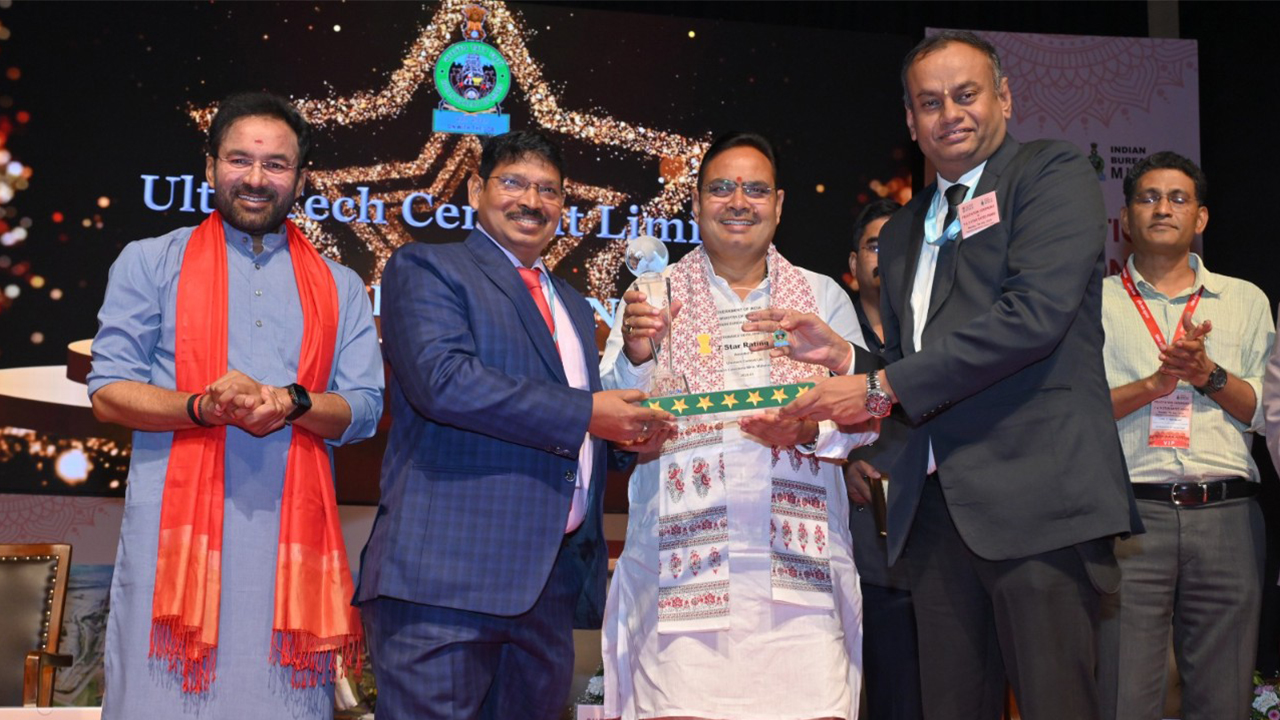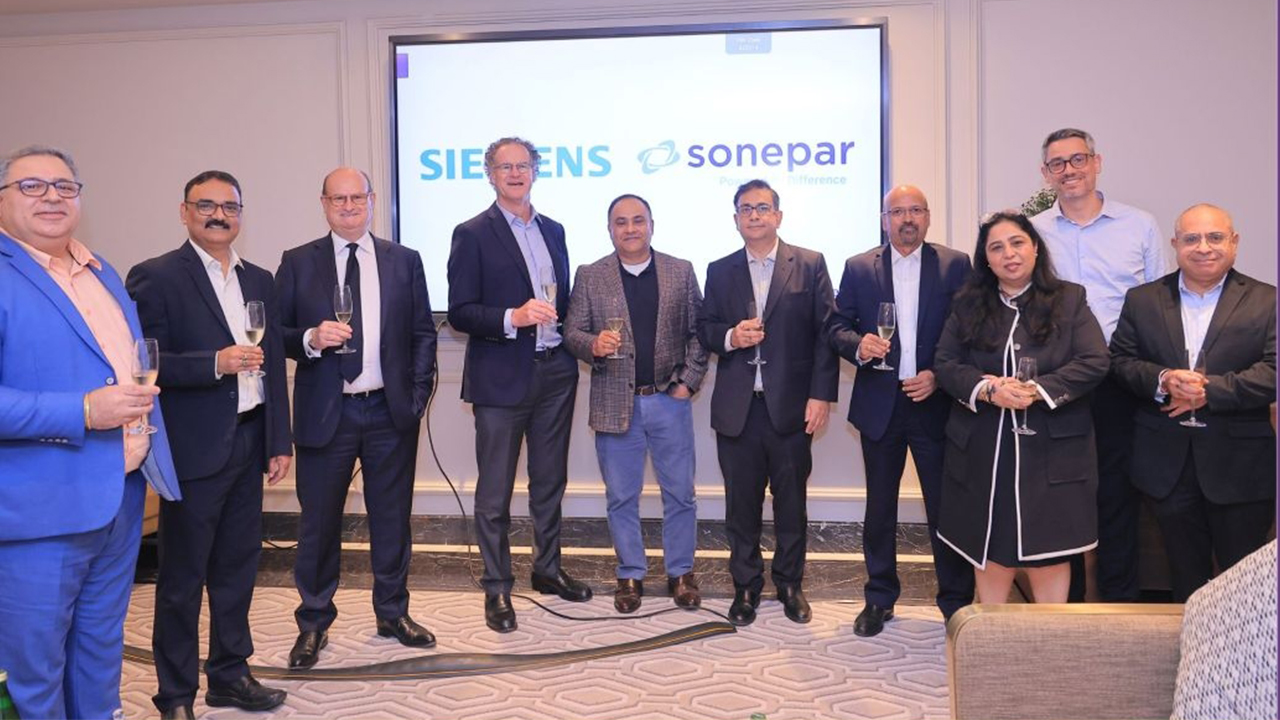India has approximately 500 million tonnes of biomass available per year. Out of which, 120 to 150 million tonnes are in surplus. As a part of the Pro MFG Sustainable Circular Economy Series – Doing Well by Doing Good, powered by BiofuelCircle, Dr. M.K. Mohanty pens down the key challenges and existing state of biofuel in the country.
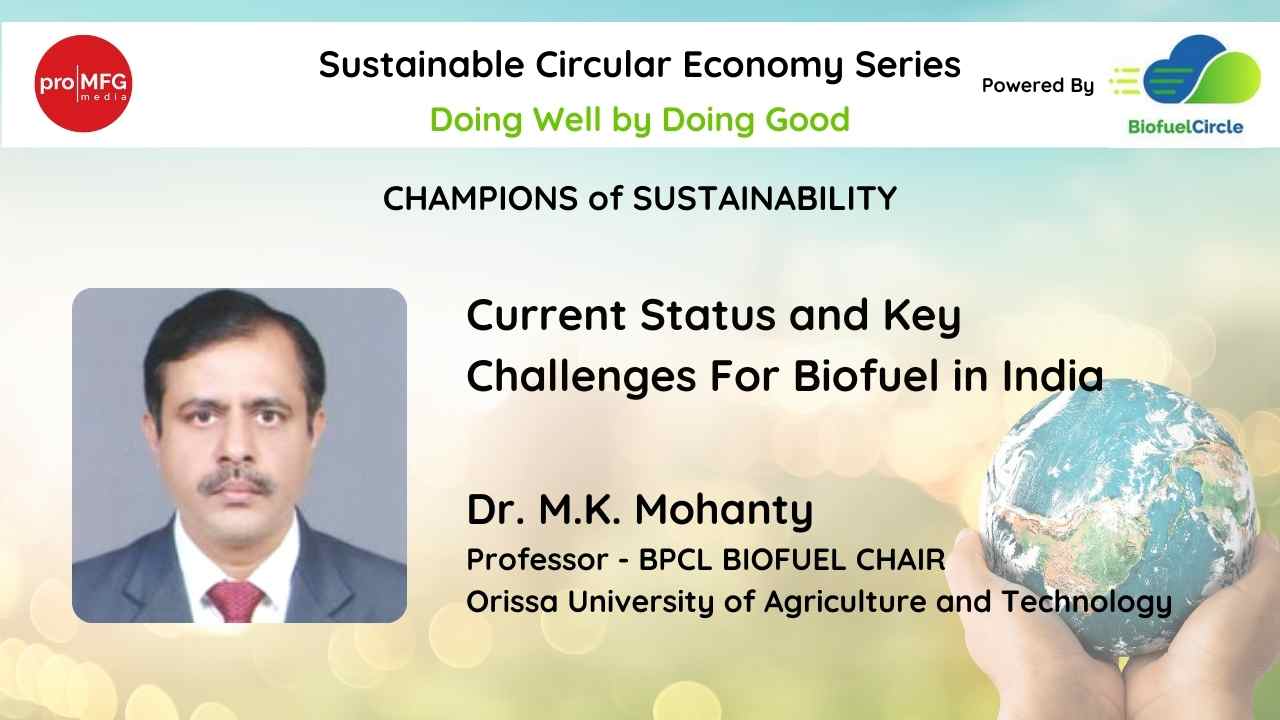
Biofuels are identified as the primary energy sources obtained in solid, liquid, and gases form from the biomass, and food crops such as sunflower seeds, palm fruit, Jatropha seeds, rapeseed, soybean, etc., which have enormous potential in a developing economy like India. India has approximately 500 million tonnes of biomass available per year, out of which 120 to 150 million tonnes are in surplus.
Further, 12.83% of the total renewable energy generation is contributed by biofuels alone. Moreover, higher conversion efficiencies and lower costs are the significant drivers of bio-energy extraction. The benefits of biofuels are energy security, reduction of import dependency, cleaner environment, Municipality Solid waste (MSW) management, health benefits, and infrastructures investment in rural areas, employment generation and overall additional income to farmers. The liquid biofuels are biodiesel or bioethanol and gaseous biofuel is compressed biogas (CBG) or Bio-CNG.
According to the International Energy Agency (IEA), biofuels have the potential to meet more than a quarter of world demand for transportation fuels by 2050 if favourable policies and investments are in place. At present, biofuels are supported by governments in many different ways, including blending mandates or targets, subsidies, tax exemptions (exemptions from excise and pollution taxes, corporate tax breaks for biofuel producers) and credits, reduced import duties, support for research and development (R&D) and direct involvement in biofuel production, as well as other incentives to encourage local biofuel production and use.
Biofuel Policy in India:
In 2001, India started a modest 5% ethanol blending pilot programme. The biofuel mission was adopted in 2003 with the launch of the National Mission on Biodiesel that sought to achieve 20% biodiesel blending in diesel by 2011–12. This was followed by the National Policy on Biofuel (NPB) in 2009 and subsequently the revised NPB was launched in 2018.
The NPB 2009 envisaged an optional blending target of 20% for both ethanol and biodiesel by 2017 . The objective of NPB 2009 was to facilitate the optimal development of domestic biomass feedstock for biofuel production. The NPB 2009 laid down the vision, goals and strategy for the development of biofuels and proposed an enabling framework of financial, institutional and technological interventions.
The revised policy on biofuels, NPB 2018, became effective from May 16, 2018 and proposed an indicative blending target of 20% ethanol in petrol and 5% biodiesel in diesel by 2030. The objective of NPB 2018 is to reduce crude oil imports, augment farmers’ income, generate employment, optimally use drylands and contribute to sustainability. The policy aims to provide financial and fiscal incentives specific to biofuel type, categorized as first generation (1G), second generation (2G) and third generation (3G) fuels.
The first generation category of biofuels includes conventional ethanol and biodiesel. The second generation comprises of ethanol from lignocellulosic biomass, non-food crops, industrial wastes and residues streams as well as drop-in fuels from biomass, MSW, plastics and industrial wastes. The third generation includes compressed BioCNG from food wastes, biomass, MSW, sewage water, etc.
The schemes like Sustainable Alternative Towards Affordable Transportation (SATAT) which seeks to establish compressed biogas production units and make CBG available for usage as a green fuel on the market.
Key Challenges in Biofuel Production:
2G Bioethanol Production
At present, there is no policy mechanism incentivising farmers to collect and deliver biomass residues to a next-generation ethanol plant. Therefore, it is important to establish a reliable supply chain for biomass covering collection, transportation and handling of biomass feedstock. If the policy makers seek to foster an industry for a longer term, they could create a mechanism whereby cooperatives or farming communities could be involved in the process of collection, storage and delivery of residues.
In order to reduce supply chain uncertainties and high market risk associated with 2nd -generation biofuel industry, a supply chain should be designed and operated to maximize economical potential and social benefit, and minimize environmental impact. In doing this, India can use its demographic advantage. In cases there are any skill mismatches, they should be addressed through training and integrated within larger national programs like Skill India.
Another key challenge of cellulosic-based bioethanol production is the pre-treatment of the feedstock to make the carbohydrates in the lignocellulose accessible for conversion. Apart from the costs, the key parameter for selection of a pre-treatment method is its efficiency in avoiding degradation of products, which might inhibit subsequent hydrolysis and fermentation. Pre-treatment of raw material represents one-third of the total costs of bioethanol production, thereby influencing the cost of enzymatic hydrolysis and fermentation.
Utilisation of carbon dioxide generated from the plant is also a major concern. Implementation of 2G ethanol plants due to high technological risk, production cost and political/policy risks with low potential returns needs to be addressed for future production.
Biodiesel production
Biodiesel derived from edible oil requires suitable land for cultivation and also challenges food security. Since most of the edible oil in the country is imported, it is not feasible to use edible oil. Numerous agronomical and economic constraints in the cultivation of feedstock like high cultivation cost, low productivity, improper availability of seeds, and unsuitable marketing channels forces cultivators to close their plantation.
On the other hand, production from non-edible oil sources has disadvantages like diminishing performance in cold climates, possible contamination and impurities in animal fats and the lack of a centralized system for collecting such raw materials.
Oil extraction techniques like mechanical extraction of oil requires further filtration and phospholipid removal. Moreover, presses used for mechanical oil extraction are mostly specialized for specific plants and ineffective for a variety of feedstocks. On the other hand, extraction with n-hexane is associated with the risks of negative impact on the environment and human health through the production of sewage and emissions of volatile organic compounds.
Lack of government backing is viewed as a major barrier to the adoption of the biodiesel program. Several steps like implementation of legal actions to encourage use, mandatory biodiesel blending, incentives towards support of the biodiesel program are some of the necessities of the recent time to tackle the challenges.
BioCNG production
Due to poor supply chains and low collection efficiency, there are concerns around feedstock supply and quality. Fluctuations in feedstock availability and quality might impede plant production efficiency, affecting plant profitability in the long term. Decrease in the number of farm animals in rural areas, leading to failure of supply of the committed quantity of waste to plants is one of the reasons for the closure of biogas plants.
Individual household biogas plants require financial investment, which yields only non-monetary benefits, such as biogas which is generally used as cooking fuel. Whereas, large-scale commercial biogas plants managed entirely by private or public-private partnerships aim to generate financial benefits by selling end-products such as electricity, transportation fuel, or heat. The cost of handling and transportation of the waste over long distances is quite high. Competition from organic fertilizer as well as heavily subsidized chemical fertilizers is also a major concern.
Some challenges to biogas production in rural areas includes high up-front installation cost, delays in getting financial support, competition from other fuels, inadequate supply of feedstock, lack of social acceptance and awareness for biogas from substrates like night soil, human excreta, dead animal carcass, lack of proper training and capacity building programmes, awareness regarding its environmental benefits.
Proper segregation, collection, and transportation technologies/strategies are not implemented in cities for MSW, which is one of the primary reasons for the slow growth of the waste-to-energy sector.
Process standardization is difficult due to substantial differences in waste properties across different areas, which impedes the widespread use of biogas technology. Other waste treatment methods, such as composting, vermicomposting, and waste to pellets, which may also be used to treat organic municipal and industrial waste, compete with anaerobic digestion.
Preference for low-cost treatment methods such as composting also acts as restriction, resulting in a lower adoption of biogas digesters for waste management in metropolitan areas. Scrubbing of biogas also requires additional infrastructure which adds to the total cost of the process.
Challenges in third generation biofuels: Algal Biofuel
The challenges and uncertainty involved with algal biofuel production are vast. Economic analysis is a threat, in the form of cost and expenditure. The market acceptability is not certain while they continue to compete with other biomasses.
The utilization of CO2 by algae could lead to uncontrolled pH rise after the conversion to carbonic acid, hence resulting in ionization in the algae production medium. There could be the difficulty of sunlight radiation penetrating the depth of large algae bloom.
Hence, the most prominent constraints of algal biofuel production involves factors like:
● Information
The information regarding interest and research into algae biofuel are still limited. However, more experiments need to be done on how algae biofuel actually performs when used in cars, machinery, airplanes, etc.
● Requirement of high lipid content
uel conversion from algae is broadly based on the feedstock’s high concentrations of lipids: fatty, oil-containing acid molecules that can be extracted to create Biofuels.
● Information
The information regarding interest and research into algae biofuel are still limited. However, more experiments need to be done on how algae biofuel actually performs when used in cars, machinery, airplanes, etc.
● Complicated Process
Production of algal biofuel takes many steps to become a usable fuel source. This process is complicated and takes time.
● High Fertilizer Use
Massive quantities of algae can only be grown with the use of more fertilizer. And this fertilizer production requires energy and produces high amounts of carbon dioxide, thus affecting the carbon dioxide neutral status of algae biofuel when considering the whole process.
● Minimizing the algal death from biotic & abiotic factors
There is great chance of algal monocultures to be invaded by pests and pathogens, and therefore, crop protection is a major challenge to algal sustainability.
● Large Water Demand
High amount of water source is required by the algae in order to avail maximum growth. Sometimes, a high temperature evaporates water level and hampers the growth.
● Expensive to Produce
The cost of algal biofuel production is still much higher than fossil fuels till date.
● Quality Issues
here are several species of algae present in the earth crust but all of them don’t produce the same amount of oil.
● Land Use
Regardless of the growth strategy employed and efficiency of oil extraction, the scale of implementation that is required to replace a meaningful amount of fossil fuel is significant.
● Nutrient Challenge
Algae need light, nutrients, water and a carbon source, most often CO2, for efficient growth. The major nutrients required by most algae include nitrogen, iron, phosphorous and sulphur.
The Inference
In India, the significance of building a robust biofuel sector to address the issues of energy security and fuel self-sufficiency has been widely recognised. Despite the fact that the food vs fuel issue is highly significant on a global scale, it is essentially irrelevant to India's biofuel production programme due to the country's deliberate choice to not employ any edible feedstock for bio-energy production, which also acts as a constraint.
The National Biofuel Policy was created to capitalise on the numerous environmental, social, and economic advantages that would result from the country's large-scale biofuel production. Significant barriers in biofuel production are identified as lack of governmental support for sustainable supply chain standards and solutions, lack of entrepreneurship support, lack of subsidies/ incentives for creating competition among bioenergy producers.
New policies and strategies or modifications in the existing strategies may help in eliminating some of the barriers mentioned above. In order to boost the biofuel industry in India, the need for popularisation of biofuel usage by blending with conventional fuel should be made mandatory along with subsidized rates.
While favourable government policies and active involvement from the local community and private enterprises can keep the programme running in the short term, it is critical to have a solid long-term strategy in place. Given the existing feedstock options, technological state, and regulatory options, the current trajectory is unlikely to be adequate in the long run.
A significant research effort on the development of second and third generation feedstock is required to meet the country's future bio-energy demands.
About Dr. M.K. Mohanty
Serving as a Professor (BPCL Biofuel Chair) at Odisha University of Agriculture & Technology for more than three decades, Dr. Mohanty has co-authored 3 books, 2 course manuals and multiple research papers in peer reviewed journals and more than 10 popular technical articles.
His invaluable contribution to the sustainable energy sector includes multiple externally funded projects like the development of Laboratory Facility for Biodiesel Production and Testing Centre, (PI) , DST, Gov. of India, development of solar hybrid dryer for Kendu leaves drying, (PI)(Science and Technology Dept.,Govt. of Orissa and OREDA, production of Karanja-Biodiesel and its bi-products for Agricultural Application (PI) from DST, Gov. of India, use of non-edible oil as engine fuel in SVO mode (PI) Science and Technology Dept ,Gov. of Orissa and OREDA, performance evaluation of Integrated Biodiesel (Co-PI) , DST, Govt. of India in collaboration with IIT-Delhi and many more.
After completing his M.Tech(FMP) and Ph.D. from the esteemed Indian Institute of Technology, Delhi in 2004, Dr. Mohanty went on to be honored with multiple awards and recognitions like 'Best Research Scientist for the year 2009-10' of Odisha University of Agriculture and Technology(OUAT), 'Abel Wolman Memorial Award-2012' & 'Gauri Shankar Sahu Memorial Award-2012' and the 'Sadananda Memorial Award-2012 by Institute of Engineers ,Odisha State Centre.
NEWSLETTER
TRENDING ON PRO MFG
MORE FROM THE SECTION




